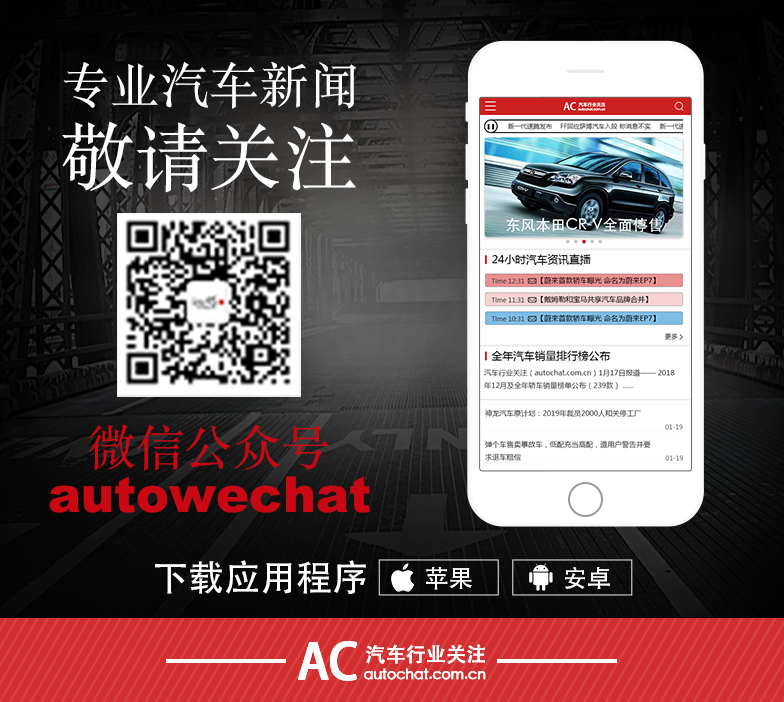In addition to Weibo, there is also WeChat
Please pay attention

WeChat public account
AutoBeta


2024-11-22 Update From: AutoBeta NAV: AutoBeta > News >
Share
AutoBeta(AutoBeta.net)04/10 Report--
Japanese automaker Toyota Motor may work with Huawei to create a smart driving program, according to several media reports.
Sun Shaojun 09, a car blogger, revealed on Weibo that one of the three major Japanese brands (Toyota, Honda and Nissan) will be connected to Huawei, but the blogger did not say which brand it is. Since then, there have been media reports in the market that Toyota's global intelligent driving program will adopt the tripartite joint scheme of "Toyota + Huawei + Momenta", which is different from Huawei's existing ADS high-level auxiliary driving system. Self-driving companies Momenta and Huawei provide software and hardware solutions respectively, and the three parties are deeply cooperative and integrated.


In response to the above news, Toyota said it would not comment. Toyota will announce important cooperation with major domestic manufacturers during the Beijing auto show, 21 Caijing reported.
At present, Huawei's cooperation with car companies includes three business models: Tier1 (traditional parts supplier model, supplying intelligent parts for car companies), HI model (Huawei Inside mode) and smart selection model. Among these three modes, the spare parts supply mode mainly provides ICT (Information and Communication Technology) components, while the HI mode is upgraded to provide a full range of solutions for the intelligent part of the vehicle. In contrast, the cooperation of smart car model is more in-depth, Huawei is not only deeply involved in product research and design, but also can make use of Huawei's channels for sales. At present, Huawei smart car business partners include Cyrus, Chery, BAIC and Jianghuai. Although Huawei has repeatedly reiterated that it does not build cars, its layout in the automotive field is getting wider and wider. GAC MOTOR, Lantu Automobile, Zero run Automobile and Kaiyi Automobile joined Hongmeng Ecology and became the first batch of automotive industry partners for Hongmeng's native applications, Huawei Terminal Cloud Service official Weiwei announced on March 15.
According to the above report, Toyota and Huawei are expected to cooperate in a traditional parts supplier model.
In fact, Toyota and Huawei have worked together before. The current cooperation between Toyota and Huawei is mainly reflected in the new 9th generation Camry car engine system. In March this year, Guangzhou Auto Toyota launched the new 9th generation Camry, which is equipped with a car engine system jointly built with Huawei, carries Qualcomm Snapdragon 8155 machine chips, and is introduced into Toyota's first self-operated app store. In addition, it has also been reported that FAW Toyota's new domestic Prado will be equipped with Huawei's deep-empowered smart cockpit, but this news has not been officially confirmed.
As for Momenta, founded in 2016, it is a company specializing in self-driving technology research and development, mainly to provide users with L3-L4 advanced self-driving solutions and products. At present, it has business in China, Germany and Japan, has obtained strategic investment from SAIC, General Motors, Mercedes-Benz and other car companies, and has reached a cooperation agreement with Toyota. In March 2020, Momenta announced a partnership with Toyota to provide Toyota with high-precision mapping and updating services based on camera vision technology.
Industry insiders believe that Toyota's cooperation with Huawei may have something to do with its declining sales in China. Japanese car sales in February were about 159000, down 35.7 per cent from a year earlier, with the retail share of Japanese brands falling 3.4 per cent year-on-year to 14.4 per cent, according to the Federation. The decline in sales is mainly due to the difficulty of selling fuel cars and the lack of popular pure electricity products. Take Toyota as an example, Toyota can be said to take the lead in the fuel field, but in the era of electrification, its biggest deficiency is the slow transformation of electrification. Toyota sold 104000 pure electric vehicles in 2023, accounting for only 0.1 per cent of global sales, according to data. Even though Toyota has announced that it will make a full transition to electrification, there are no products that can be used in pure electric products. Toyota currently sells pure electric models in China, including the bZ4X and bZ3, but neither of them has made waves in the car market.
With the gradual decline of the market share of fuel vehicles, Toyota, which relies on fuel vehicles to seize the market share, has shown an obvious decline. If the above news is true, Toyota and Huawei work together to create a smart driving program that may enhance the innovation and competitiveness of its products.
Cui Dongshu, secretary-general of the National passenger car Market Information Association, said in an interview with the Daily Business News: "Japanese brands are aware of their shortcomings in the Chinese market and are accelerating learning integration to catch up with the intelligent wave of China's auto market. Cooperation with Huawei is undoubtedly a good attempt."
Welcome to subscribe to the WeChat public account "Automotive Industry Focus" to get the first-hand insider information on the automotive industry and talk about things in the automotive circle. Welcome to break the news! WeChat ID autoWechat
Views: 0
*The comments in the above article only represent the author's personal views and do not represent the views and positions of this website. If you have more insights, please feel free to contribute and share.











© 2024 AutoBeta.Net Tiger Media Company. All rights reserved.